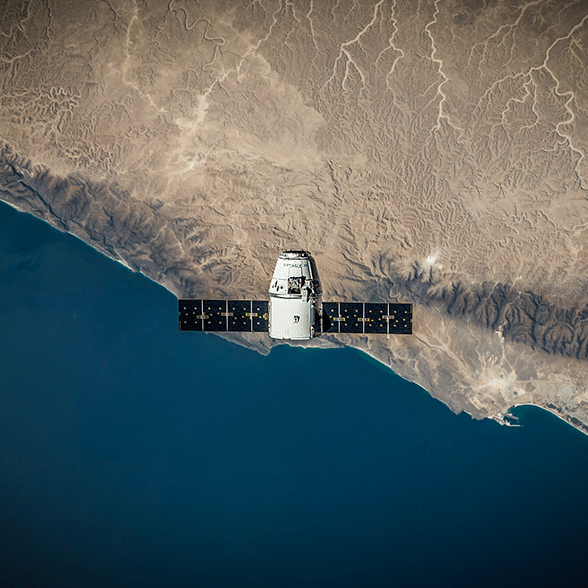SpaceX Starlink satellite broadband service continues to skew toward rural areas, according to data collected by Ookla via its Speedtest app. But almost 60% of recent Ookla Speedtest samples were recorded in urban areas, which are not usually considered Starlink’s prime markets.
Ookla says that the new roaming option enables rural subscribers to use the low earth orbit (LEO) service in urban areas. This, it says, may explain some of the urban-based samples. The company also notes that urban subscribers may be using Starlink to backup up their existing broadband service.
Ookla found that Starlink’s median download speed was 64.5 Mbps in the third quarter of the year, a “marginal ” quarter on quarter decline. The service had strong increases in September, October and November.
The U.S. speed was faster than during the third quarter of 2022, when the median download speed was 53 Mbps. Median upload speed increased to 9.7 Mbps and median multi-server latency dropped to 60ms during the quarter. Performance declined in June and July but increased from August onward. It reached a high of 79 Mbps last month.
The FCC is considering increasing the definition of broadband from 25 Mbps download and 3 Mbps upload to 100 Mbps download and 20 Mbps upload. Ookla notes that Starlink and some other providers would be at risk of not being compliant with the new standard.
Ookla says that Starlink download performance places it “alongside” CenturyLink and just behind T-Mobile. Starlink’s 60ms in the third quarter was ahead of T-Mobile’s 63ms.
Ookla points out that LEO satellite service performance “lags well behind” U.S. cable operators such as Cox, Spectrum (Charter) and Xfinity (Comcast). However, LEO satellites offer what Speedtest characterizes as a “step-change” in latency over geostationary orbit (GEO) providers.
In May, Ookla reported that Starlink’s net provider score (NPS) was higher in both metro and non-metro areas of the United States.



